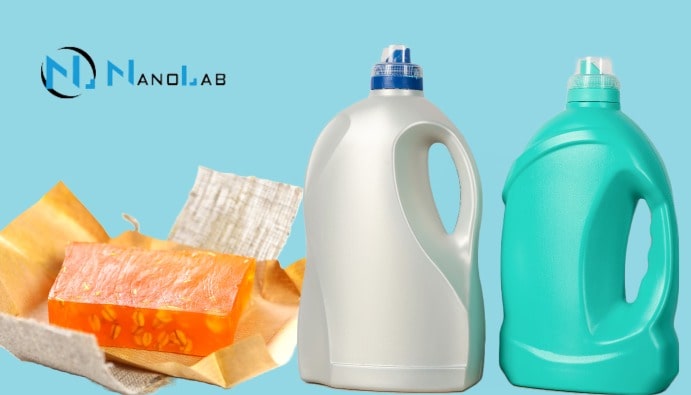ASTM D 1767: Determination of Ethylenediamine Tetra Acetate (EDTA) in Soap, Synthetic Detergents
The test method within the scope of ASTM D 1767 standard can be used for the determination of ethylene diamine tetraacetate (EDTA) in soaps and synthetic detergents. EDTA is a white, odorless powder called edetic acid. It is an anionic chelating agent. It can trap free metal ions or minerals. EDTA and its salts are used in a wide variety of cosmetic, food, pharmaceutical and household cleaning products.The benefits of using EDTA are as follows:
- It provides a successful saponification.
- Balances the formulas by acting as an antioxidant.
- Prevents color, texture and odor changes.
- It reduces the hardness of water, which gives a soft feeling to the skin.
EDTA is added during saponification to prevent mold and foam production in soaps. You can contact Nanolab Cosmetic Analysis Laboratory for the Determination of Ethylene diamine Tetraacetate (EDTA) in Soap, Synthetic Detergents.


